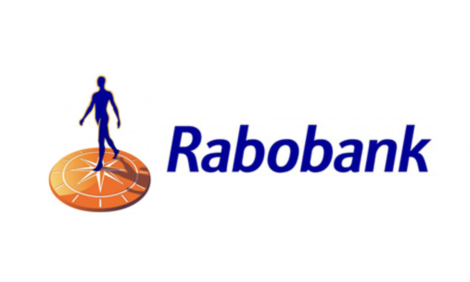



Using Statistics to Save Newborn Piglets
DENMARK - By using statistical models, scientists have developed a system that can help the farmer to monitor farrowing and to automatically and intelligently adjust the temperature.Monitoring of farrowing can help reduce mortality in newborn piglets. The challenge is to divine exactly when farrowing begins so you do not waste time sitting around waiting.
This is a problem that scientists from Aarhus University have been attempting to solve. They have developed an automatic system that can predict the onset of farrowing more precisely. The system is based on online sensor information and a statistical model about sow behaviour around the time of farrowing, including nest-building.
Scientists have also developed an affiliated tool that can help the farmer to decide whether the floor heating in the individual pen needs to be regulated. The decision tool evaluates the costs associated with the heating in relation to the expected higher income from lower piglet mortality and then attempts to set a strategy that will give the best outcome for the farmer.
"Research has shown that piglet mortality can be reduced by monitoring the farrowing or by regulating the temperature in the farrowing pens. These actions are difficult, however, if you do not know when exactly farrowing will take place and so have enough time to make and implement the right decisions," says Research Assistant Aparna Udupi who did her PhD study on this subject at the Department of Animal Science, Aarhus University.
Sensors watch the sow
In recent years sensor technologies have been developed that, inter alia, can be used to monitor the physiological and behavioural changes in sows. For example, they monitor and record the individual sow’s water consumption and activity. The technology can be used to build a system that uses statistical models to predict farrowing with a greater degree of accuracy.
Previous studies have shown that monitoring the farrowing combined with farrowing assistance and good care of the young and weak piglets, such as warming them up and give them colostrum, can reduce postnatal mortality by up to 50 percent – but this is not always what happens in practice.
"High operating costs mean that you rarely do these things in Danish herds. A more accurate prediction of farrowing will be able to remedy this," says Aparna Udupi.
Judicious use of floor heating
Scientists from Aarhus University have previously shown that timely warming of the floor to a temperature that is optimal for the newborn piglets can reduce piglet mortality. The timing of the start and finish of floor heating needs to be balanced against the temperature needs of both the sow and the piglets, and how long it takes to heat up the floor plus the costs of heating. Here, too, a more accurate assessment of farrowing would be valuable both economically and for the sake of the animals' survival and welfare.
"With a few adjustments, our system can also be designed to predict when the sow starts nesting. This would give farmers the chance to allocate extra straw to the sow at the right time," suggests Aparna Udupi.
She predicts that the same sensor-based algorithm that she has been helping to develop can be used in other contexts, for example to predict disease outbreaks or outbreaks of behavioural problems such as tail-biting.
You can read the scientific article "Hidden phase-type Markov model for the prediction of onset of farrowing for loose-housed sows" in the journal Computers and Electronics in Agriculture.








